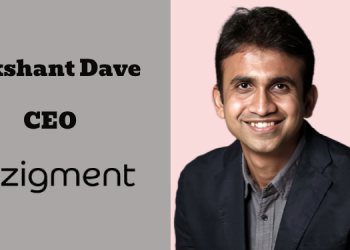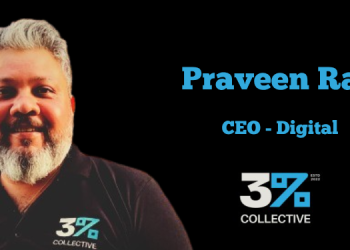In an era where being relevant is currency, proximity marketing has been the spotlight until now. The next wave—Geofencing 2.0—is not merely location-based targeting anymore. It is about designing hyper-local, real-time experiences that turn passive viewers into active consumers. Fuelled by AI, machine learning, and predictive analytics, Geofencing 2.0 is revolutionizing how brands impact on-the-move decision-making.
The Transition from Location-Based to Contextual Targeting
Classic geofencing took a shotgun approach—targeting people in a specific radius. Effective, perhaps, but impersonal. Geofencing 2.0 shifts the paradigm by overlaying contextual signals such as weather, time of day, previous actions, and even travel habits.
For example, a fitness app employing Geofencing 2.0 will not simply push that generic promo to a user approaching a gym—instead, it will process their workout schedule, history of visits, and even the weather to send contextually appropriate offers. A push notification such as “Rain can’t stop you—20% off indoor cycling classes today!” is more actionable and relevant, which increases conversions.
Real-Time Engagement: The Power of the Moment
What is so potent about Geofencing 2.0 is that it is activated in real-time. It leverages micro-moments—the brief but pivotal moments when decisions are being made.
Picture walking down the street past a coffee shop and automatically being sent a special limited-time discount offer. Now, layer in dynamic pricing—if it’s raining outside, the app provides a complimentary pastry with your coffee. These real-time prompts take advantage of impulse purchases, keeping the customer journey smooth and seamless.
Brands that leverage the full potential of Geofencing 2.0 can drive intent as soon as it occurs, creating a strong emotional bond between the experience and the brand.
Applicability Beyond Retail: Geofencing in Travel, Events, and More
While retail is the clear winner, Geofencing 2.0 is spreading its wings.
In Travel: It is used by airlines and hotels for hyper-personalized offerings. For example, as a frequent flyer enters an airport, they are greeted with a lounge access invitation or a loyalty upgrade.
At Events: Sporting venues provide live merchandise discounts when consumers are close to kiosks, and music festivals leverage surprise artist acts to targeted attendee segments.
In healthcare, hospitals use geofencing tactics to optimize their operations by issuing appointment reminders when patients are near the facility, which can cut down on no-shows. Real-time relevance offered by Geofencing 2.0 can disrupt multiple industries.
Privacy Concerns
With great data comes great responsibility. There is immense potential in Geofencing 2.0, but privacy issues are big.
Consumers are more cautious about hyper-targeting that is invasive. Brands need to focus on transparent opt-in, clear consent guidelines, and value-based messaging. Geofencing needs to be experienced as a service, not surveillance.
For example, instead of a random restaurant ping, a travel app might show “Top-rated cafés nearby based on your preferences”—value without the privacy push.
The Future: AI-Driven Hyper-Personalization
The application of AI-supported predictive location targeting is the next stage of geofencing development. AI will pre-estimate a user’s movements based on behavioral patterns rather than reacting to their position.For instance, the system will give customers relevant offers in advance of their arrival if they frequently visit a mall on the weekend. Predictive personalization will created the disappearance of the hard line consented by the boundaries we create with the digital and the physical world, causing each moment of interaction to become intuitive and seamless.
Value, timing, and relevance are more important aspects of geofencing 2.0 than location alone. By taking this next step, brands will be able to transcend the limitations of generic proximity marketing and provide customers welcoming, hyper-local, real-time experiences. Every second matters in mobile marketing, and Geofencing 2.0 will transform it with AI, dynamic triggers, and contextual intelligence.
Brands that stop targeting and start connecting, one hyper-local moment at a time, will be successful in the future.
(Views are personal)

















